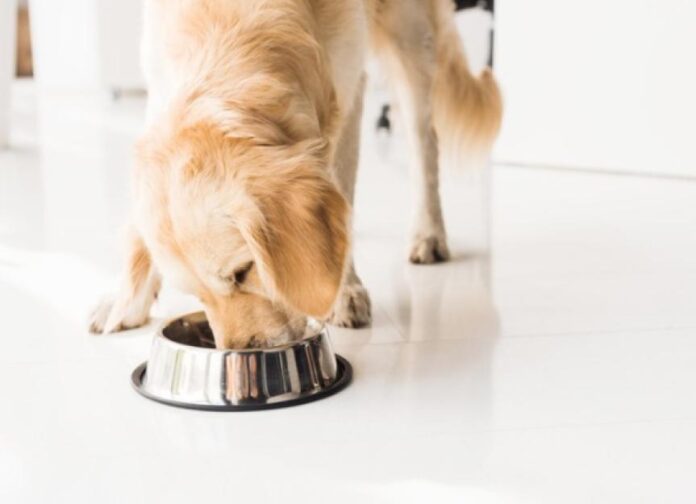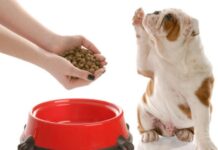Managing Your Pet’s Rapid Eating Habits: A Comprehensive Guide
Pet owners often observe that some dogs and cats consume their meals at an alarming speed, barely pausing to chew. This behavior can raise concern, as rapid eating may pose health risks and indicate underlying issues. In this article, we will explore the reasons behind fast eating in pets, its potential dangers, and effective strategies for modification.
Why Is Eating Fast Bad for Pets?
Understanding the risks associated with rapid eating is essential for pet owners. Here are some of the key concerns:
- Choking Hazards: Rapid consumption increases the risk of choking or gagging, as pets do not chew their food thoroughly.
- Aggression: Fast eaters may exhibit aggressive behavior if they perceive other pets or people as competition during mealtime. This can be especially dangerous in households with children or multiple animals.
- Gastric Dilatation-Volvulus (GDV): Commonly seen in large-breed dogs, GDV is a serious condition where the stomach twists due to excessive air, food, and fluid intake, potentially leading to life-threatening shock.
What Causes Fast Eating Behavior?
Several factors can contribute to why pets eat quickly:
- Competitive Feeding Background: Young animals, especially puppies and kittens, may develop the habit of eating rapidly as a survival instinct from their early days, competing for food with littermates or other adult animals.
- Medical Conditions: Underlying health issues, such as parasitic infections or inadequate nutrition, may cause pets to eat quickly in search of sufficient sustenance.
How to Modify Your Pet’s Eating Habits
Fortunately, there are multiple effective strategies to help modify your pet’s eating behavior:
- Use Feeding Objects: Place large, safe objects like toys in the food bowl to encourage your pet to eat around them, slowing their pace.
- Partition the Food: Utilize a smaller bowl turned upside down within a larger bowl to limit the amount of food accessible at once, forcing your pet to take smaller bites.
- Frequent Small Meals: Consider feeding smaller portions throughout the day instead of one large meal to reduce the chances of binge eating.
- Slow-Feed Bowls: Invest in specially designed bowls that promote slower eating, featuring raised elements or compartments that hinder rapid consumption.
- Health Checks: Ensure your pet is free of parasites and consuming high-quality, easily digestible food to meet their nutritional needs.
- Safe Eating Spaces: Provide a designated area for your pet to eat where they feel secure, particularly if aggressive behavior is an issue.
Regular Veterinary Visits Are Essential
Routine check-ups with a veterinarian are crucial to monitor your pet’s health and address any potential issues. Regular visits can help detect underlying conditions before they escalate into serious problems.
Conclusion
By understanding the causes of fast eating and implementing effective strategies, pet owners can help their furry companions adopt healthier eating habits. Ensuring a safe and supportive mealtime environment not only protects your pet’s health but also fosters positive behavior.
Featured Image: iStock.com/LightFieldStudios











